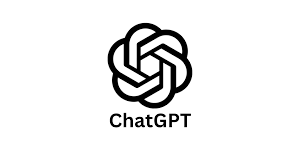Artificial Intelligence, commonly known as AI, is a branch of computer science that aims to imbue software with the ability to analyze its environment using either predetermined rules and search algorithms, or pattern recognizing machine learning models, and make decisions that maximize its chance of achieving its goals.
AI is often categorized into two types: Narrow AI, which is designed and trained for a particular task (such as voice recognition or driving a car), and General AI, which is a system with generalized human cognitive abilities so that when presented with an unfamiliar task, it has enough intelligence to find a solution.
Narrow AI, also known as Weak AI, involves systems designed to carry out specific tasks. Examples include Siri, Alexa, and Google’s search engine. These AI systems operate under a limited pre-defined range and can only operate within the constraints of their programming. They don’t possess understanding or consciousness and hence are termed “weak”.
On the other hand, General AI, or Strong AI, involves systems that possess the ability to perform any intellectual task a human being can. They can understand, learn, adapt, and implement knowledge in different domains. However, as of my last update in September 2021, General AI mostly remains a subject of ongoing research and is yet to become a practical reality.
Applications of AI include a wide variety of sectors like healthcare, where AI algorithms can be used to predict patient outcomes or detect diseases; transport, where self-driving cars employ AI to navigate and understand the environment; and even in areas like entertainment, customer service, and marketing.
Sample Prompts:
- “Can you give me a layman’s definition of AI?”
- “What’s the distinction between Narrow AI and General AI?”
- “Could you provide some examples of AI in everyday life?”
- “How far have we come in terms of creating General AI?”
- “In which sectors do we see the most practical application of AI today?”
AI has already begun to influence many aspects of our everyday lives and it holds significant potential for future developments. It can be used to automate repetitive tasks, increase productivity, and even help solve complex problems.
However, the development and deployment of AI also come with challenges and considerations. Questions around ethics, privacy, and job displacement are some of the crucial issues that need to be addressed as we integrate AI more into our daily lives and work.
In conclusion, AI has already started to transform our world, improving efficiency and opening up new opportunities in many areas. However, it is also crucial that we navigate its challenges and implications responsibly, balancing its benefits against the potential risks it presents.












